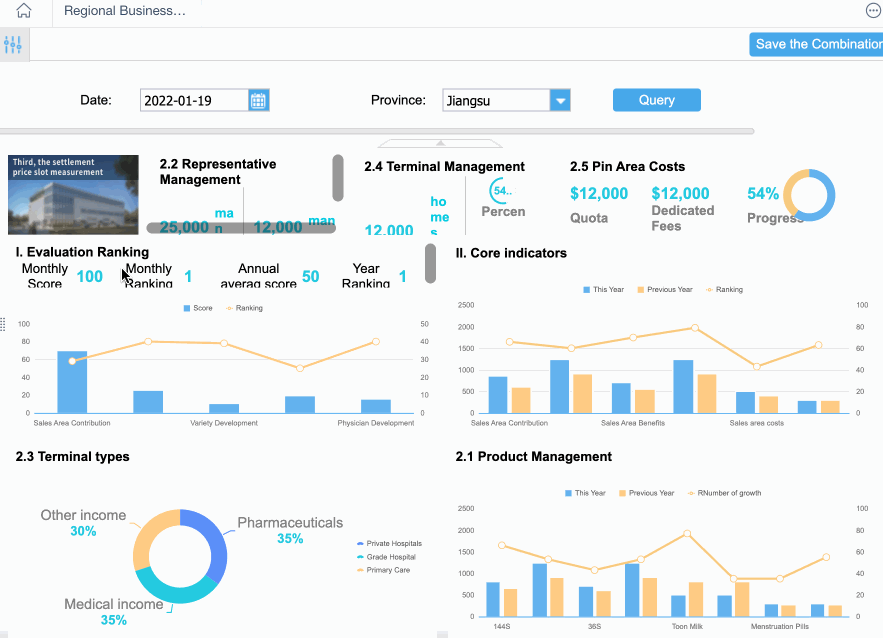Research Paper: The Results section
The results section of the research paper presents the findings of the study based on the collected data and analysis. Here’s what the results section typically includes:
Data Analysis
Descriptive Statistics: The results section begins with descriptive statistics summarizing the characteristics of the sample and critical variables. This may include measures of central tendency (e.g., mean, median), variability (e.g., standard deviation, range), and frequency distributions.
Hypothesis Testing: If the study tested hypotheses or research questions, the results section presents the findings of statistical analyses, such as t-tests, ANOVA, regression analysis, or chi-square tests. It reports the results of the research objectives and discusses their significance and implications.
Quantitative Findings: Quantitative findings are presented using tables, figures, or charts to illustrate patterns, trends, and relationships observed in the data. This may include correlations between variables, group differences, or associations with demographic factors.
Qualitative Findings: If the study includes qualitative data, the results section presents key themes, categories, or patterns identified through thematic analysis, content analysis, or other qualitative methods. It may include quotations or excerpts from participant interviews or observations to support the interpretation of findings.
Discussion of Findings: The results section follows a debate that interprets the findings with the research question, theoretical framework, and existing literature. It discusses the implications of the findings, considers alternative explanations, and identifies areas for further research.
Limitations: Finally, the results section acknowledges any limitations or constraints that may have influenced the findings, such as sample size, measurement error, or bias. This helps contextualize the results and informs readers about the validity and generalizability of the findings.
Example
Title: “Findings: Unveiling Insights into the Impact of Social Media on Adolescent Well-being”
Results:
Descriptive statistics revealed that the sample consisted of 52% female and 48% male adolescents, with a mean age of 15.4 years (SD = 1.2). Most participants reported daily social media use, with an average usage time of 3.5 hours per day (SD = 1.8).
Correlation analysis indicated a significant negative correlation between daily social media use and psychological well-being (r = -.25, p < .01), with higher social media use associated with increased depressive symptoms and lower life satisfaction.
Regression analysis further revealed that the relationship between social media use and psychological well-being was moderated by social support and offline social activities. Specifically, adolescents who reported high levels of social support and engaged in frequent face-to-face interactions exhibited lower susceptibility to the adverse effects of social media on well-being.
Qualitative analysis of open-ended responses highlighted themes such as social comparison, fear of missing out (FOMO), and cyberbullying as prominent concerns among adolescents regarding their social media use. Participants expressed feelings of pressure to present a curated and idealized version of themselves online, which contributed to feelings of inadequacy and social isolation.
These findings provide valuable insights into the complex relationship between social media use and adolescent well-being, emphasizing the need for targeted interventions and support mechanisms to promote healthy social media habits and mitigate potential adverse effects.
Needs help with similar assignment?
We are available 24x7 to deliver the best services and assignment ready within 3-4 hours? Order a custom-written, plagiarism-free paper









